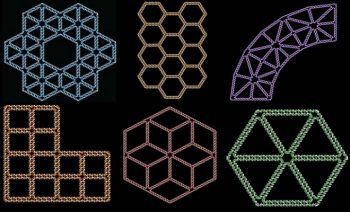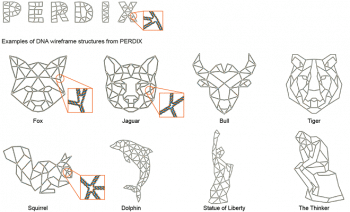Developers claim that this free open-source software could have fascinating applications in “cell biology, photonics, and quantum sensing and computing among many others.”

It’s called PERDIX (Programmed Eulerian Routing for DNA Designs using X-overs). Using this new program, anyone can create a DNA nanostructure of any shape, for applications in cell biology, photonics, and quantum sensing and computing among many others, the team said.
“What this work does is allow anyone to draw literally any 2-D shape and convert it into DNA origami automatically,” said Mark Bathe, an associate professor of biological engineering at MIT and the senior author of the study.

The new technology is built using the principle of scaffolded DNA origami, invented Dr. Paul Rothemund in 2006.
PERDIX automatically converts any 2D polygonal mesh file specified using simple Computer-Aided Design (CAD) into the synthetic DNA sequences needed to synthesize the target object. In short, PERDIX offers the ability to “print” 2D nanometer-scale geometry using DNA.
The shape can be sketched in any computer drawing program and then converted into a computer-aided design (CAD) file, which is fed into the DNA design program. “Once you have that file, everything’s automatic, much like printing, but here the ink is DNA,” Bathe explained.
“The goal of PERDIX is to cross disciplines and democratize the usage of structured DNA assemblies by offering a fully autonomous, CAD geometry-based sequence design algorithm. We hope that you can use PERDIX to explore the capabilities of the powerful molecular design paradigm of scaffolded DNA origami for applications of your own interest,” the MIT team said.
PERDIX is freely available under the GNU General Public License, version 3 (GPL-3.0). Source code is available in Fortran. The source code is available for download through GitHub.















































































